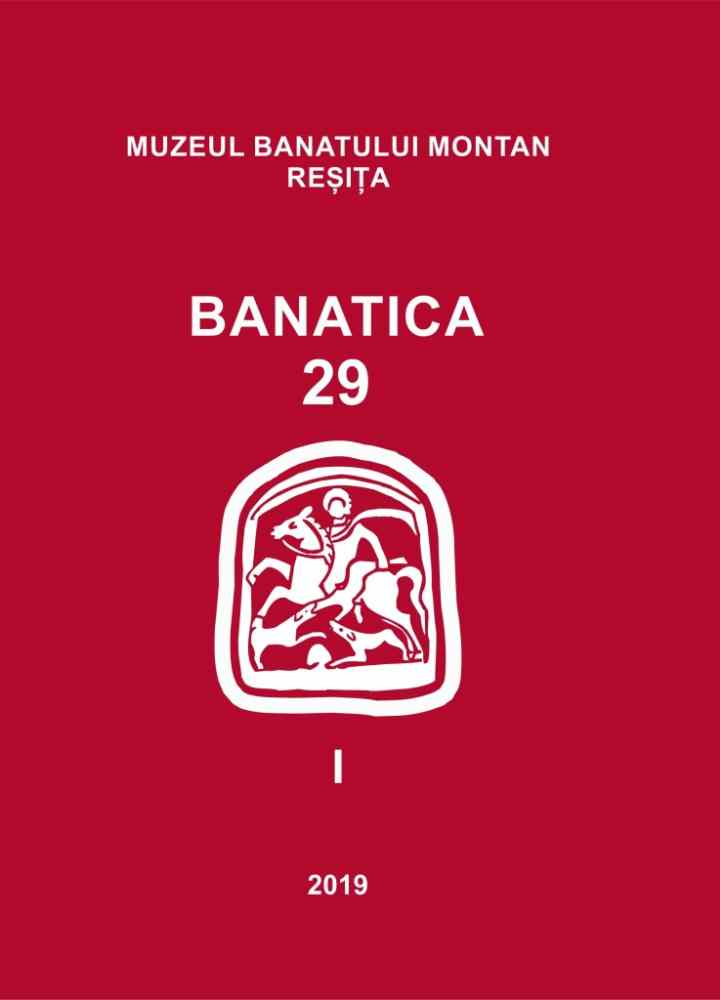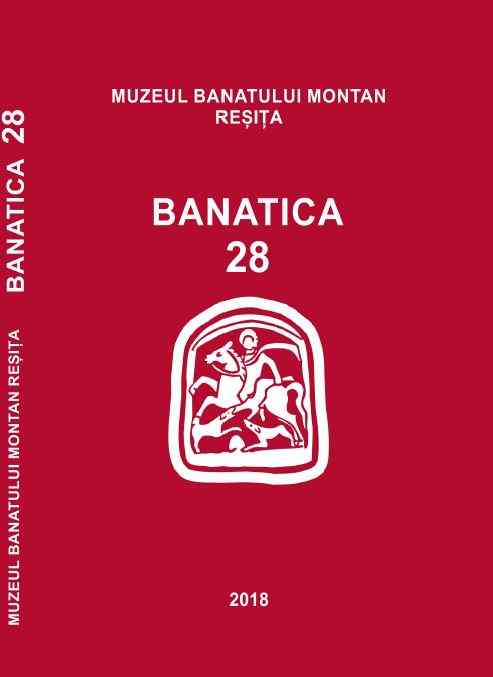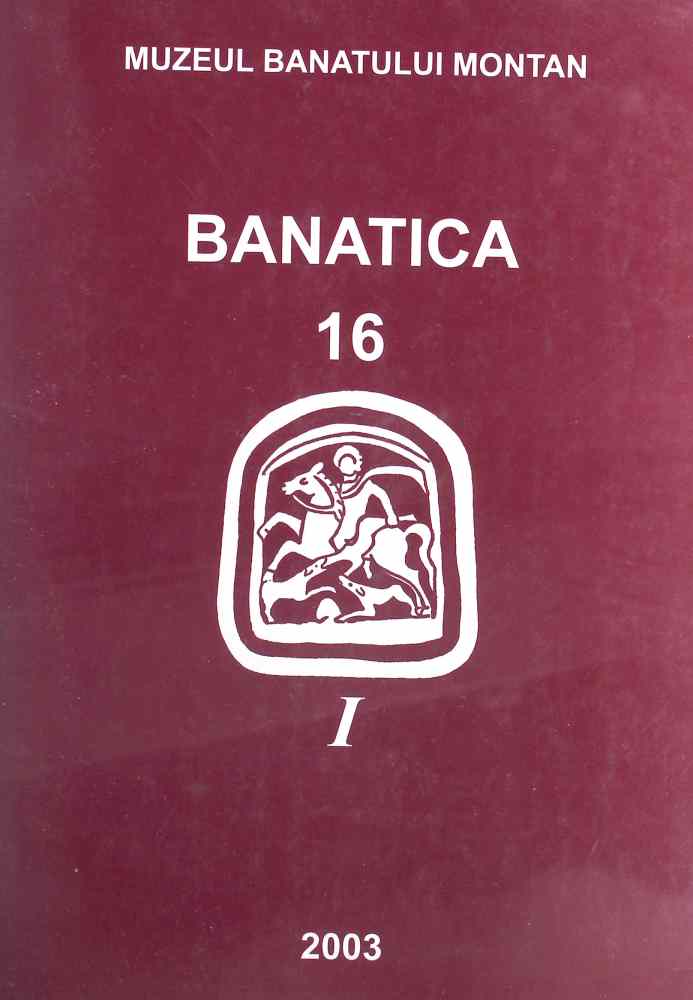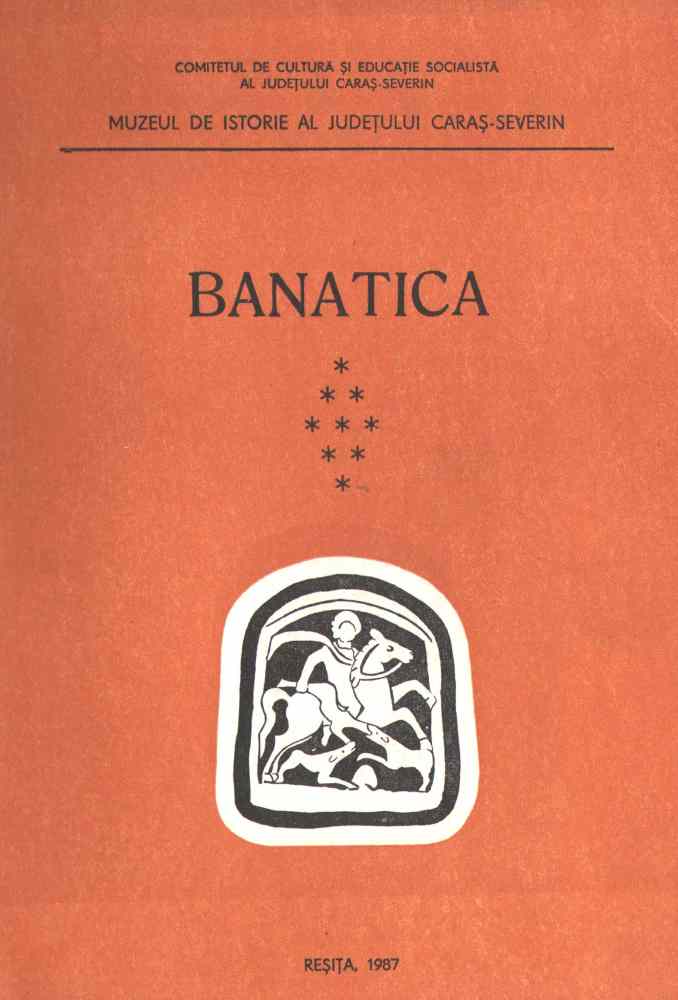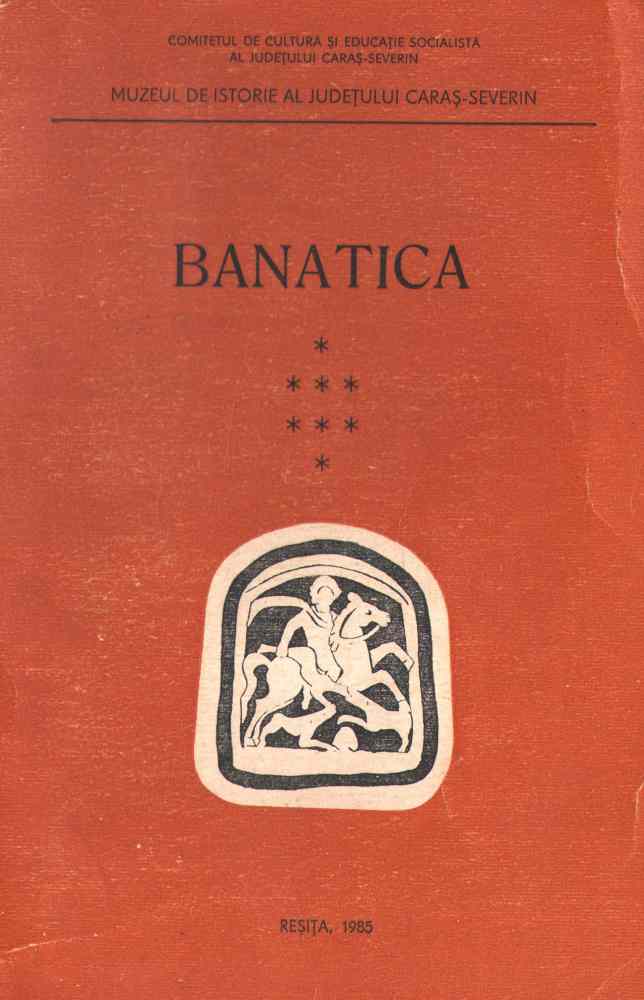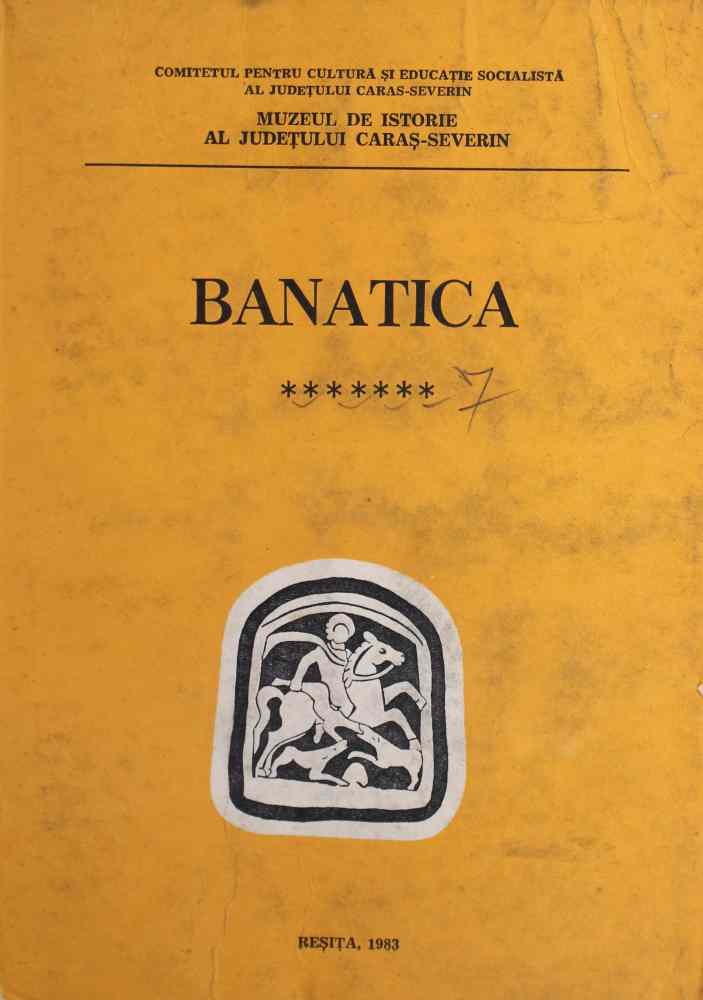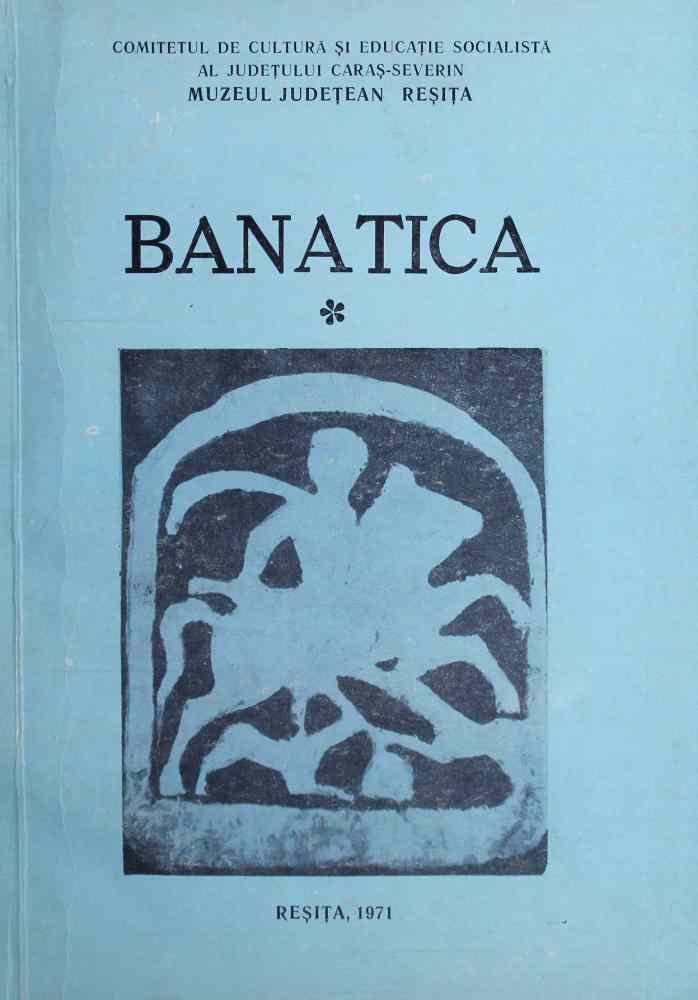Viata spirituala din Banatul roman in perioada secolelor II-III p.Chr
Subiect: „The present approach is a synthesis of data, published in the field literature, concerning the spiritual life in Roman Dacia south-western area, namely the territory of the Banat. The study contains two sections: religions, presented according to the classic way relating to the origin (Greco-Roman, Oriental, Egyptian, Celto-Germanic, Thraco-Moesic), and ecclesiastic buildings (archeologically investigated, epigraphic certified or only presumed); it aims to outline and also to upgrade the image of the spiritual life in the south-western area of Dacia, on the basis of the latest discoveries and published works. We might find out the existence of a religious diversity and heterogeneity due to or correlated either with the religious policy of the imperial house, or the believers’ ethnic origin and social position. The large settlements and military centers played an important role in the spiritual life there; as from the social categories, the soldiers had a significant impact. The epigraphic monuments containing names of dignitaries from the capital of the province, or of officials coming from other towns prove the Banat integration in Roman Dacia, included the spiritual life.”


